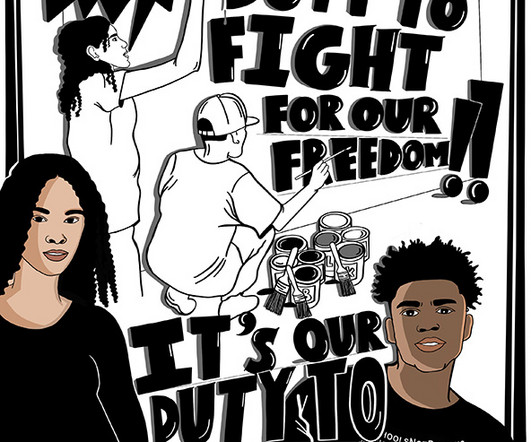Building Youth Power
Stanford Social Innovation Review
JULY 31, 2023
Grassroots youth organizing groups—many of which serve immigrant, refugee, Black, and Indigenous communities—can help participants overcome the poverty, racism, institutional injustice, and trauma they often suffer during their childhoods. Use of intersectional frameworks.











Let's personalize your content